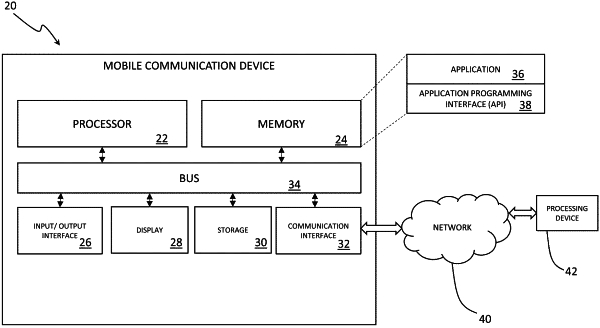| CPC A61B 5/4362 (2013.01) [A61B 5/004 (2013.01); A61B 5/1079 (2013.01); A61B 5/7485 (2013.01); G06T 7/0012 (2013.01); G06T 19/006 (2013.01); G06V 10/25 (2022.01); G06V 40/165 (2022.01); G06V 40/171 (2022.01); G16H 30/20 (2018.01); G16H 50/20 (2018.01); G16H 50/50 (2018.01); G06T 2207/10016 (2013.01); G06T 2207/10028 (2013.01); G06T 2207/20081 (2013.01); G06T 2207/20092 (2013.01); G06T 2207/30201 (2013.01); G06V 2201/032 (2022.01); G06V 2201/07 (2022.01)] | 20 Claims |

|
1. A computer-assisted method for assisting in anomaly identification relating to fetal alcohol spectrum disorders (FASD) comprising:
retrieving and/or generating a sequence of progressively changing images that depict morphing of at least:
a subject's upper lip (vermillion) between at least a first state representing an identification of a first facial anomaly relating to fetal alcohol syndrome (FAS) and a second state representing lack of the identification of the first facial anomaly; and/or
ridges running from the subject's nose to the subject's lip (philtrum) between at least a first state representing an identification of a second facial anomaly relating to fetal alcohol syndrome (FAS) and a second state representing a lack of the identification of the second facial anomaly;
wherein the number of images in the sequence is selected to provide a substantially continuous transition between the first and second states;
displaying the retrieved and/or generated images as the sequence on a display of a processing device;
providing a user interface on the processing device for a user to navigate the displayed sequence and make an image selection;
determining a representative image selection based on the user's image selection; and
providing a determined identification or lack of identification of the first and/or second facial anomaly based on the determined representative image selection.
|